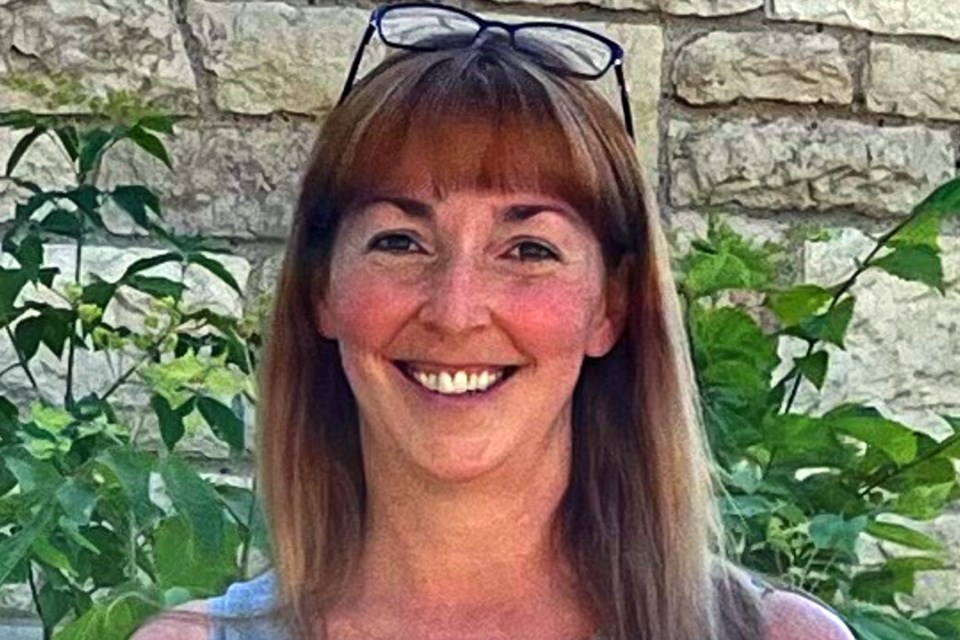SASKATOON — As the global fight against HIV and AIDS continues, this challenge is particularly evident in Saskatchewan, where HIV infection rates are more than five times the national average.
According to the Public Health Agency of Canada’s 2021 surveillance data, there was an 11.3 per cent increase in cases nationwide over one year. As the United Nations and World Health Organization highlighted the importance of new research on World AIDS Day on Dec. 1, University of Saskatchewan (USask) researcher Dr. Kerry Lavender (PhD) has her sights on eradicating the disease completely.
Lavender is working on a targeted treatment towards curing AIDS caused by HIV infections, with a goal of finding new strategies to eliminate the virus rather than suppress the effects of HIV. She received an $879,750, five-year grant for this work from the Canadian Institutes of Health Research (CIHR) in August 2022.
Lavender is investigating the role that interferon (IFN) – a type of protein that our bodies release to fight infection – plays in treating diseases such as HIV. Specifically, she is looking at an IFN subtype called IFN-alpha14.
“With HIV, it’s the type of virus that can actually insert itself into our genetic material and that’s why we can’t cure it yet,” said Lavender, an assistant professor in the College of Medicine’s Department of Biochemistry, Microbiology and Immunology. “All the drugs we have just make it stay asleep in our genetic material. What we’re trying to do – and a lot of people are trying to do – is actually figure out how to purge that (HIV) to get it to go away so that people are cured.”
Currently, HIV treatment involves medication known as antiretroviral therapy (ART), which is a combination of drugs that suppress the symptoms of HIV. However, there are downsides to ART including high cost, adverse side effects, and a reduced quality of life for patients.
The consensus in the research world was that all IFN subtypes fought infections the same way. Researchers have since discovered that certain IFN subtypes are more effective at treating some infections better than others. In HIV research, the IFN-alpha14 subtype shows promise to purge the reservoir of HIV-infected cells from the body.
“With HIV, we had found that alpha14 is the one that seemed to be most effective in suppressing the infection and we wanted to follow up on that,” said Lavender. “And not only is it good at suppressing the infection, but it also actually seems to have the ability to do a purge to get rid of the virus that is stuck in your genetic material.”
— Submitted by USask Media Relations
Bookmark SASKTODAY.ca, Saskatchewan's home page, at this link.
While the team isn’t quite sure how IFN-alpha14 is doing that, they have some clues on why it might be happening, explains Lavender. Our bodies produce something called a natural killer (NK) cell that attacks cells where infection is present. Lavender said that her team is further investigating how NK cells function in the context of HIV.
“It really seems that this IFN-alpha14 has a strong effect on NK cells,” said Lavender. “Maybe it’s helping them go find the cells that are harbouring the HIV and then to actually get rid of those cells instead of just trying to suppress the infection.”
Lavender goes on to describe the work the team has done in this area, specifically with an animal model they use to study these different immune cells and HIV. They are creating a new model where NK cells are even more well-developed so that the team can study how they can kill HIV with IFN-alpha14.
“We’re just about ready to go where we can really home in and understand what our NK cells are doing when they interact with alpha14 – how they may purge this virus, and then we could come up with all sorts of tricks to harness that and get them to kill even better. “
She said they want to understand the impact of these NK cells and alpha14 both in the short term and in the long term, since a person might not realize they have HIV right away.
“Once we have the proof of principle that during short-term infection that alpha14 can help NK cells to clear HIV. Then we will test it over a much longer term,” said Lavender. “After an established infection, which would be much more difficult to clear, ‘what if we give those NK cells alpha14’? Can they still purge it?”
What’s next for the team?
“We will probably start looking at the impact on replication – the amount of virus that’s produced, the effect on the reservoir. Are we getting rid of some of those viruses that are hiding out? What are the effects on the NK cells? How are they changing?” said Lavender. “We do know there are some people who are just kind of naturally resistant to HIV infection or don’t get as sick so fast. We want to see if the addition of interferon making our NK cells look more like those protective ones.”
Lavender added they want to better understand the impact on the NK cell. From there, the team will examine more strategies focused on producing something that would go to clinical trials, which are still further down the road.
“I don’t think it’ll be as straightforward as just giving people alpha14. I think we’re going to have to couple it with some other tricks we’ve learned along the way on how to both purge HIV, but also how to harness these NK cells,” she said. “We might couple the NK cell with an antibody that’s specific for HIV. The antibody will search out the HIV and help the NK cell find and kill the infected cells. Adding this antibody component is just one strategy. We need to complete the animal model first.”




